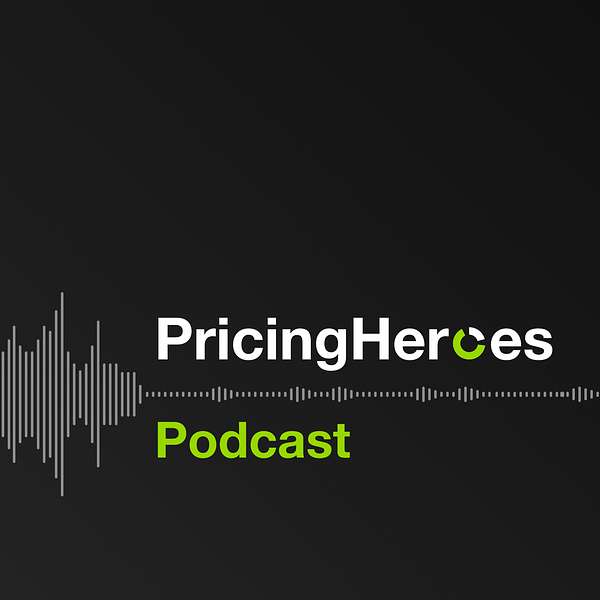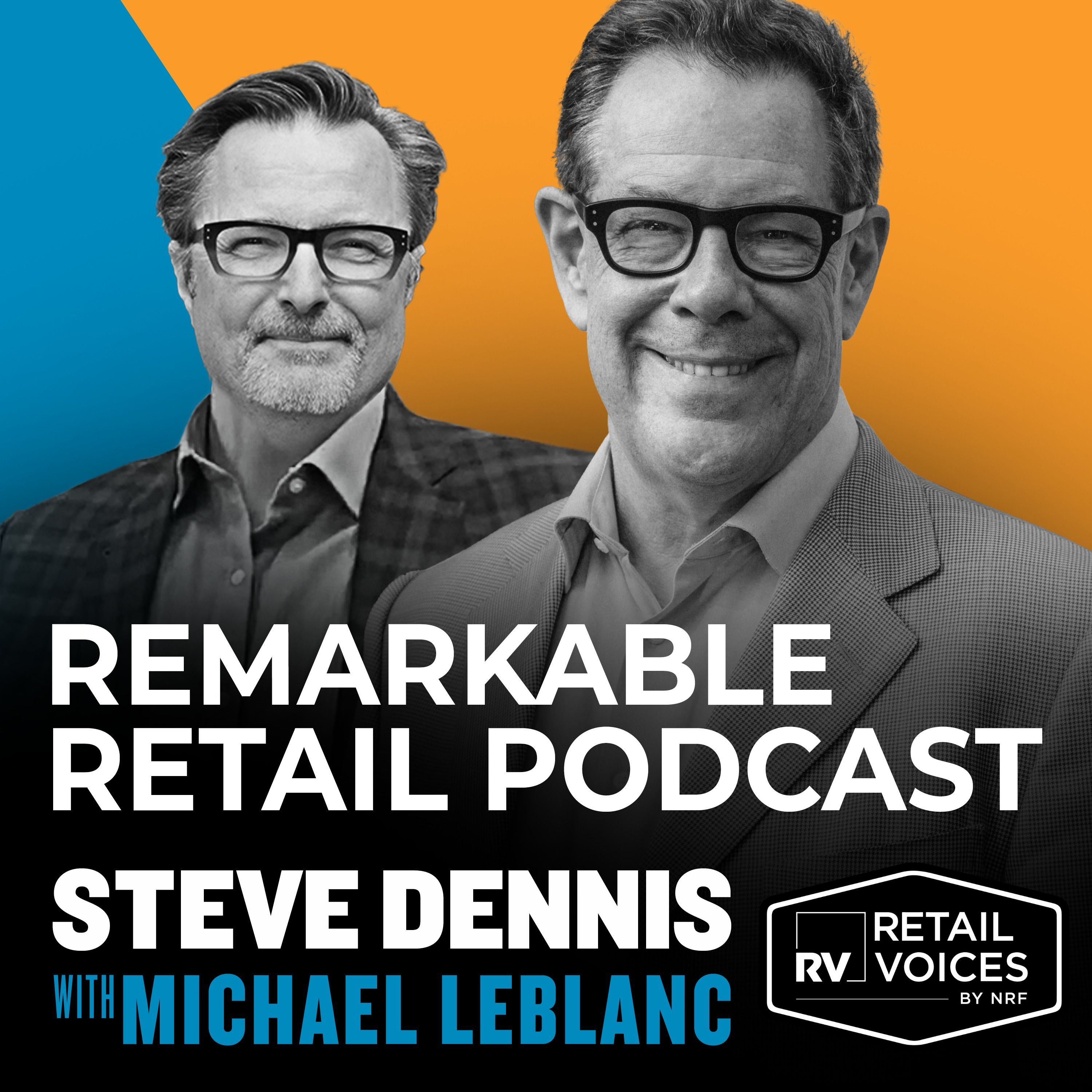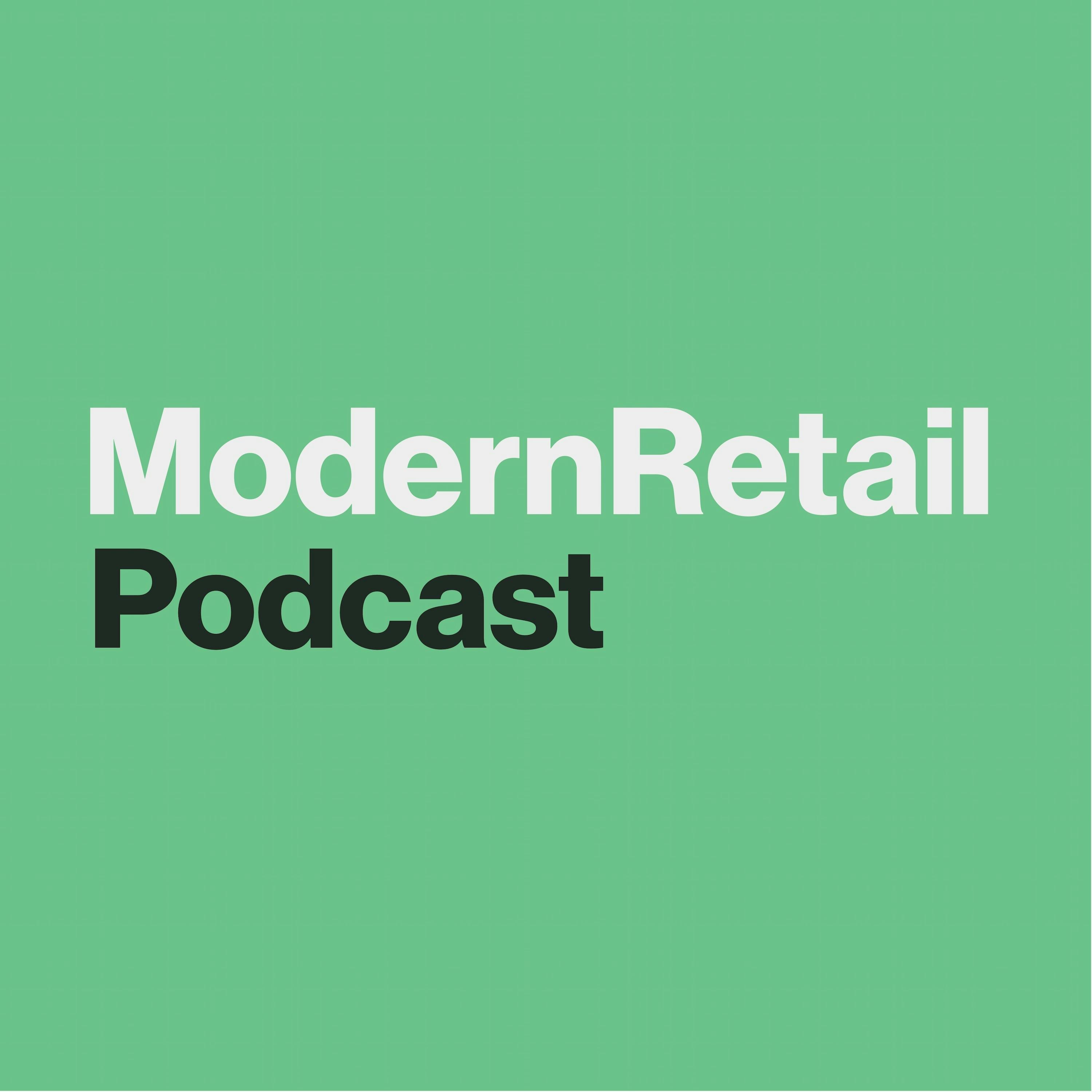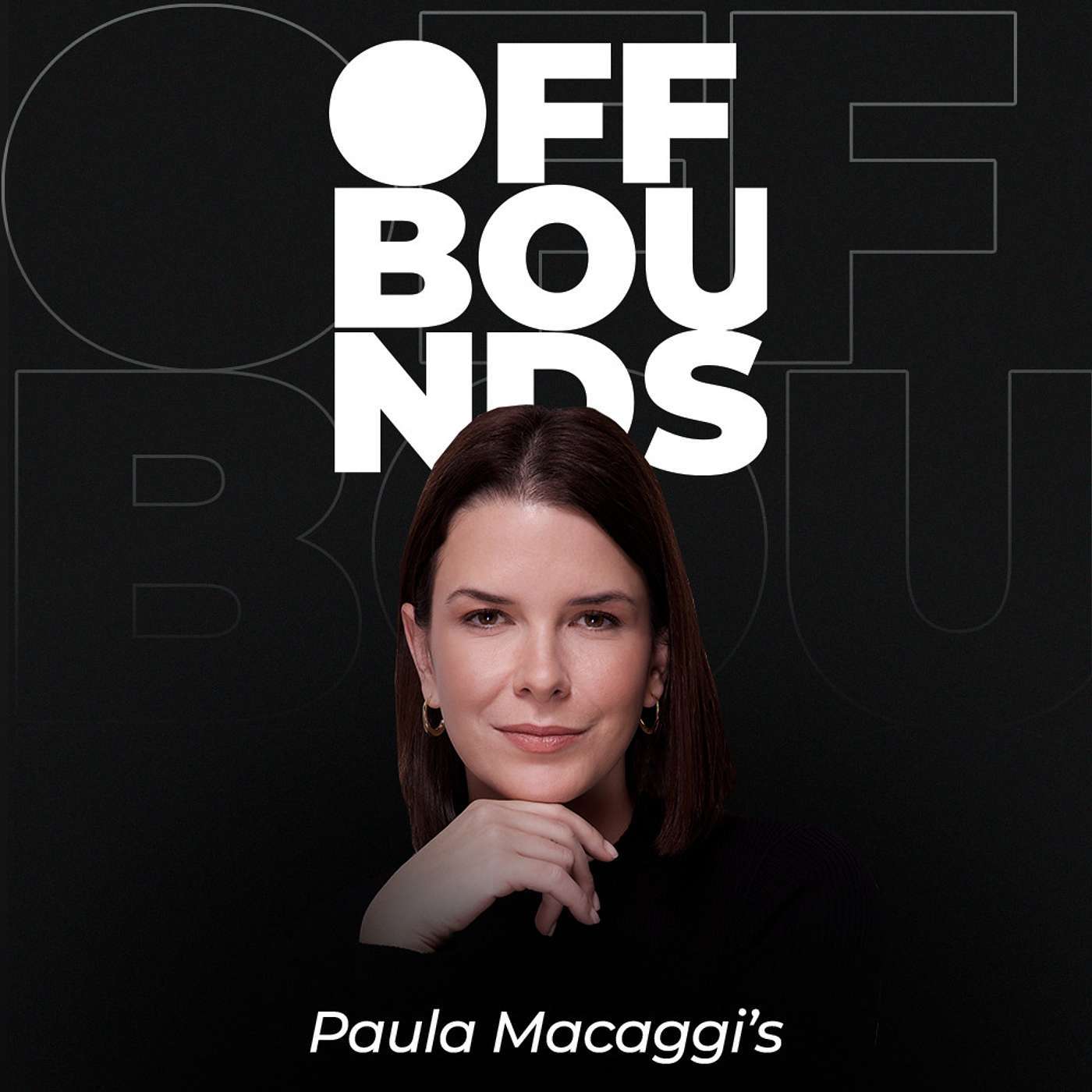
Pricing Heroes
Pricing Heroes: The Best Retail Pricing Podcast for Practitioners and Executives
Your go-to pricing podcast for transforming strategy, boosting margins, and leading with confidence.
Pricing Heroes is the leading retail pricing podcast for pricing practitioners and retail executives focused on building smarter strategies, protecting margins, and earning customer trust. Each month, we feature exclusive interviews, case studies, and practical insights to help you implement the most effective pricing strategies for today’s retail environment.
Whether you're managing promotional calendars, navigating price perception, or scaling AI-powered pricing systems, Pricing Heroes offers the expert guidance and real-world perspective you need to lead with confidence.
🎙 Each episode includes:
- Expert Interviews: Candid conversations with top pricing professionals and retail innovators
- Case Study Analysis: Behind-the-scenes strategy breakdowns from across the industry
- Actionable Takeaways: Practical insights you can apply immediately in your organization
We explore the full landscape of pricing in retail — spanning e-commerce and in-store, global brands and regional players, and categories from fashion and grocery to electronics and beyond. Topics include:
- Innovative pricing technologies and emerging trends, like AI-powered pricing platforms
- Data-driven consumer behavior analysis
- Strategic solutions to complex pricing challenges
- Tactics to boost profit margins and market share
- Pricing topics making headline news
- Building and transforming pricing functions
Join a growing community of pricing professionals and industry leaders who tune into Pricing Heroes — the trusted pricing podcast for anyone shaping the future of retail strategy.
🗓 New episodes drop the last week of every month.
📲 Listen on Spotify, Apple Podcasts, Google Podcasts, or your favorite platform.
Sponsored by Competera — the leading pricing platform empowering retailers with AI-driven, customer-centric pricing solutions that maximize profitability while strengthening customer loyalty.
Pricing Heroes
The state of home retail amid rising inflation with Juan Diez Barrientos
Our today’s guest is Juan Díez Barrientos - Pricing manager at one of the biggest Nordic home and furniture retailers based in Stockholm (one of the biggest home retailers in Sweden, Finland, and Norway). Ex Implementation Manager Lead at IBM.
Check out the main patterns and strategies home retail is introducing amid rising inflation to keep customers sentiment high and secure margins.
----------
Get your free copy of Get Ready for the Future Of Pricing with our A-Z Guide.
For more information about AI pricing solutions, visit Competera.ai.
Olena: Hello and welcome to Pricing Heroes, a podcast by Competera. This is a series of interviews with the best-in-class retail pricing experts driving bottom-line metrics for major retail brands and the industry as a whole.
Our guest today is Juan Diez, Pricing Manager at one of the biggest home retailers in Sweden, Finland, and Norway. He is based in Stockholm and also works as an Implementation Manager at IBM. Hi Juan, and thank you for joining us.
Juan: Thank you for inviting me.
Olena: Great. Let’s get started. Can you tell our listeners more about yourself and your professional path?
Juan: Sure. My name is Juan. I’m originally from Colombia.
I moved to Sweden around 15 years ago for my master’s, and since then I decided to stay. That’s when my career in pricing really started. Before that, I worked at G4S in Colombia, doing cost-plus pricing. That was back in the early days when pricing wasn’t really recognized as a discipline yet.
The role was called “pre-sales analyst,” but in reality, we were only doing pricing — ABC costing, adding margins, that kind of work.
After moving to Sweden, I started at Coop as a pricing analyst, and I was quickly promoted to a senior position. At that time, we adopted a pricing tool called DemandTec from IBM. I was part of the whole implementation, creating the team from scratch, building templates and processes.
Then I moved to a company called ELLOS, where I worked as a business analyst and helped create an analytics department. They didn’t have one, so the role was very broad — workshops, implementations, building analytical capability, and improving gross margins.
In 2015, I was headhunted by IBM, which had been my vendor at Coop. They knew me well and wanted me to join. I became an Implementation Manager, Consultant, and Project Manager. At DemandTec, we didn’t have a lot of extra resources compared to other IBM units, so we were doing everything ourselves.
At IBM, I handled four accounts in the Nordics, including some of the biggest food retailers. One of them was Kesko Group, which operates in Sweden and Finland, both grocery and B2B. I spent about three years at IBM before moving to my current company, a home improvement retailer.
When I joined, the pricing department didn’t exist — it was built completely from scratch. If we put the team to work full-time on price increases, we could generate 20 million SEK per month. Today, after building processes and capabilities, we can take 500 million. Inflation pushed us hard, but improved processes and stronger team competencies also made a big difference.
I’m an economist by training, with a bachelor’s in business administration and two master’s degrees — one in risk management and the other in finance.
Olena: Risk management sounds especially relevant right now, given inflation and the need to plan many steps ahead. You mentioned that you were the first to implement a pricing tool. What year was that? Around 2011?
Juan: It was in 2012, when Coop bought the DemandTec tool. At the time, it was one of the most advanced tools on the market. There weren’t as many competitors as there are today.
Implementation always comes with benefits and pains. The biggest pain point is usually data integration. Companies often think they have all the data in order, but that’s rarely true. We had to do a lot of data cleansing and fixes to make the system work properly. Coop has much better data today, but back then it was very challenging.
Olena: Absolutely. The key to success in implementing AI, ML, or any pricing technology is always the data. Once the data is in order, results follow. That’s rule number one, as I hear from many project managers.
You also said you built the pricing department from scratch in your current role. What were your team’s biggest wins in 2022? It’s been a hard year for everyone.
Juan: Yes. I’m very proud of what we achieved in 2022. The biggest success was handling 9.5% inflation, which we hadn’t faced in decades. In the beginning, it was extremely painful. I can’t say we did every price increase perfectly, but we did what was necessary, and we now have a process in place.
Building the team was another major success. When I joined, there were two analysts, neither of them pricing specialists, so I had to train them from zero. All competence was in Sweden; Norway and Finland had none. But each country is different — you can’t assume a Swedish table lamp will sell the same way in Finland.
So we built a team of six analysts: two for Sweden, two for Norway, and two for Finland. We also divided roles: pricing strategist, monitoring analyst, pricing executors, and pricing coordinator. That structure helped us hit our targets.
We also automated many processes, like scraping and analyzing competitor data. At first, we built everything in Excel, but Excel quickly reached its limits. With help from the AI team, we automated most of the core processes, freeing analysts to focus on real analysis rather than administrative tasks.
Even with inflation, we started working on our main long-term strategy: building price perception.
Olena: How many people are now in your pricing department?
Juan: Seven, including me.
Olena: Seven people managing pricing across three countries — Sweden, Norway, and Finland. That’s impressive, especially with over 180 stores. I actually counted them manually on your website!
Speaking of inflation, this episode is being recorded just two weeks before Christmas. What are your thoughts on the current state of home retail, especially with inflation and the holiday season? Are you seeing new customer patterns?
Juan: Yes, two main patterns. First, during recessions, customers shift to private labels. We’ve seen a big volume switch from national brands to private labels, which is positive because margins are better. Even more important, once customers switch, they often stick with private labels after the recession.
Second, smart home products are booming due to energy prices. Customers want to better understand and reduce consumption. Some have cut energy use by 30% by making their homes smarter. This trend is especially relevant for older houses, which are common in the Nordics.
We don’t dominate the smart home sector, but we do participate, and interest is growing rapidly.
Olena: And that trend is likely to last, with energy prices pushing it forward for decades. Private labels too — I’ve heard similar things from French grocer Carrefour. It seems to be a long-term positive shift.
You also spent years at IBM. How should companies use pricing technology to thrive during a recession?
Juan: In times of inflation, the right system is crucial. Without it, you might think you’ve added 300 million SEK in price increases, but if volumes fall, it could only be 150 million.
Systems calculate elasticity and cross-elasticity for every product, showing which items are substitutes or complements, and where price changes will help margin without killing volume. With 10,000–200,000 SKUs, you can’t do this manually in Excel.
They also help understand underlying cost drivers — raw materials, transport, etc. That’s essential for renegotiating with vendors and ensuring price increases make sense to customers. Customers accept increases when costs rise transparently, but not otherwise.
Many systems also include joint vendor management, allowing retailers and vendors to decide together on sustainable pricing strategies.
That said, change management is a big challenge. Not every company is mature enough for a pricing system. If the culture isn’t ready, you need to either pause or integrate change management from day one. Otherwise, people will resist new prices because they don’t understand the data behind them.
Olena: Exactly. Other guests have also said the same — communication is key.
So looking forward, how do you imagine the future of pricing 10 years from now?
Juan: In retail, one big change will be merging campaign and base pricing teams. Right now, they often work against each other — one raises prices, the other cuts them. But both exist to improve gross margin. I see them merging into “margin optimization” teams.
Another trend: companies will buy established pricing solutions instead of building their own. In-house tools rely too much on one or two people and don’t evolve as quickly as vendor solutions.
Finally, pricing as a profession is maturing. Ten years ago, people only thought “raise prices, raise margin.” Now senior management sees pricing as strategic. This will create better career paths for pricing professionals. Pricing isn’t just numbers — it’s also communication, advertising, supply chain. Specialists need a broad understanding of retail to succeed.
Olena: Well said. Now, what books, podcasts, or resources inspire you and that you’d recommend to other pricing professionals?
Juan: For communication, I recommend the Stanford podcast Think Fast, Talk Smart. Pricing is so new that communication skills are essential to gain buy-in.
For retail, I like McKinsey’s Consumer & Retail podcast. They bring global perspectives — US, Europe, Asia — with current research and trends like private labels.
As for books, World Class Pricing by Jim Saunders and Paul Hunt is excellent. It helps you assess your company’s pricing maturity and strategies to apply.
For those going data-driven, McKinsey and BCG publish many free articles on price perception and strategies. A 5-page whitepaper can be more digestible than a whole book.
Olena: Absolutely. Shorter articles are often easier to digest than heavy academic books, especially on data.
Finally, what advice would you give to your younger self starting a career in pricing?
Juan: First, pricing is a great career — it’s niche, growing, and full of opportunities.
Second, focus on academics. Pricing is about maximizing the demand curve, which requires microeconomics.
Third, build data literacy. Excel is useful but limited. Learn tools like Python for handling millions of invoices, and data visualization tools like Tableau, Power BI, Cognos, or Qlik. If you learn one, you can adapt to others.
Olena: That’s excellent advice. Juan, thank you so much for this insightful interview.
Juan: Thank you, Olena.
Olena: And thank you to our listeners. Follow our guest on LinkedIn, and for more on AI-driven pricing, visit Competera.ai. Please subscribe and leave us a 5-star review to help others discover Pricing Heroes. See you next time.











